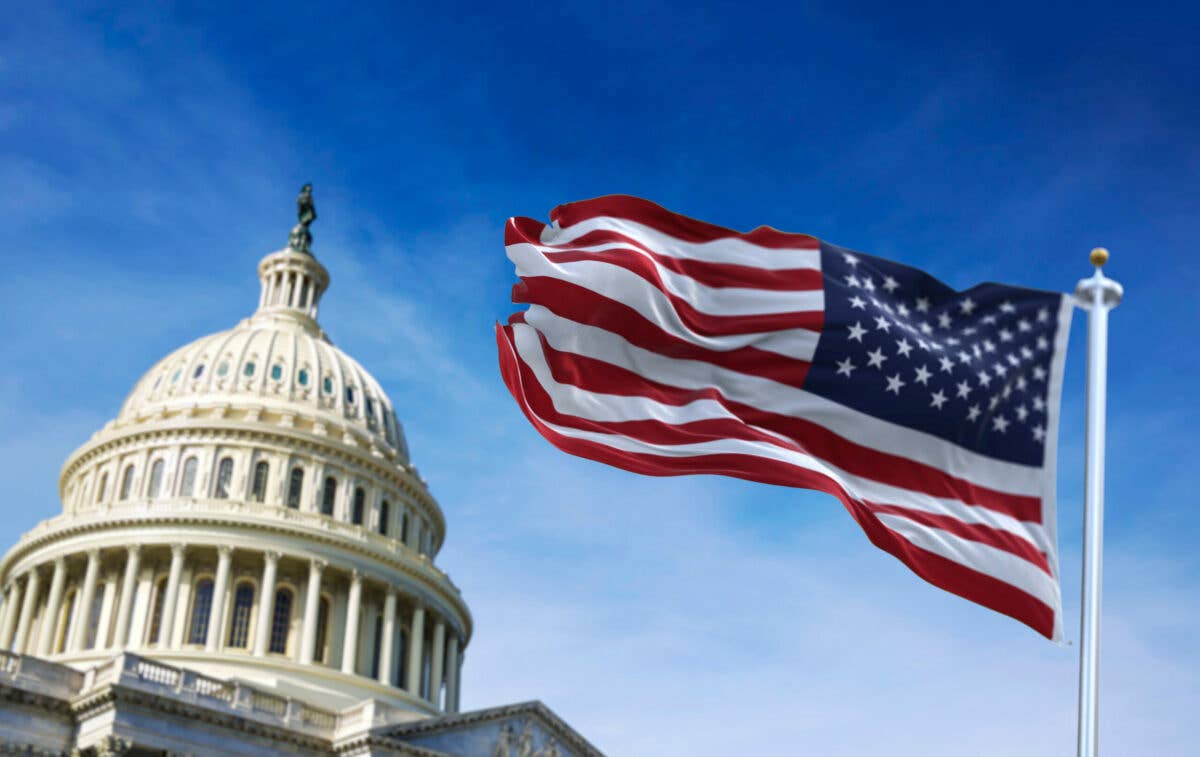House Lawmakers Press FAA Officials on Modernization, Aviation Safety
The agency’s recent NOTAM crash and a near collision in Austin were among topics discussed in the House hearing.

Ahead of FAA reauthorization negotiations, the newly formed House Transportation and Infrastructure Committee held its first hearing on aviation safety Tuesday. [Credit: Shutterstock]
Ahead of FAA reauthorization negotiations, the newly formed House Transportation and Infrastructure Committee held its first hearing on aviation safety Tuesday.
Tuesday’s hearing, “FAA Reauthorization: Enhancing America’s Gold Standard In Aviation Safety” comes as the aviation sector has faced growing scrutiny following the FAA notice to air missions (NOTAM) crash leading to a nationwide groundstop, Southwest meltdown resulting in thousands of flight cancellations, and two nearly catastrophic airline incidents.
In his opening remarks, Chairman Graves (R-Missouri), called a bipartisan reauthorization his “top legislative priority.” As a user and active pilot himself, Graves said he was extremely proud of the aviation system and its outstanding safety record.
However, Graves also emphasized there is significant room for improvement. Subcommittee chairman Rep. Garret Graves (R-Louisiana) reiterated that sentiment saying, “Right now the alarm bells should be going off across the aviation industry—our system is stretched and stressed."
The committee heard testimony from a wide range of aviation interests including FAA Administrator for Aviation Safety David Boulter, National Transportation Safety Board Chair Jennifer Homendy, Air Line Pilots Association president Jason Ambrosi, National Business Aviation Association CEO Ed Bolen, and General Aviation Manufacturers Association CEO Pete Bunce.
Topics included modernizing safety infrastructure, properly deploying 5G safely, integrating new technologies such as drones, aircraft certification reform, and workforce issues.
While all speakers agreed that the U.S. sets the gold standard in aviation safety, they noted that complacency is the biggest threat to success.
Several speakers were highly skeptical of the FAA in its ability to keep up with changing technology. Chairman Graves stated there were still portions of the 2018 FAA reauthorization bill that haven’t been implemented, while GAMA CEO Pete Bunce noted that 40 percent of FAA personnel in the certification office have less than three years of job experience—stating the lack of resources is a major problem.
Boulter was also pressed on the FAA’s lack of action when it comes to airports like Santa Clara County’s Reid-Hillview Airport (KRHV) banning the sale of 100LL. Since the ban, there have been safety issues including one misfuelling incident and one aircraft accident. Boulter was asked what the FAA was doing about the ban and why the agency was allowing airports to ban 100LL for political reasons. Boulter responded saying the FAA airports division is aggressively working on the issue.
Boulter also said he was optimistic that the Eliminate Aviation Gasoline Lead Emissions initiative, known as EAGLE, would meet its goal to eliminate leaded aviation fuel by 2030.
During the testimony, the near collision between a Southwest Airlines Boeing 737 and a FedEx Boeing 767 at Austin-Bergstrom International Airport that put 130 lives at risk was also addressed.
NTSB Chair Jennifer Homedy said the agency was thoroughly investigating the latest near collision as well as the one at New York’s JFK Airport (KJFK) when an American Airlines aircraft taxied across an active runway. In both cases disaster was narrowly avoided.
Homendy also spoke up, criticizing the NOTAM system and the way information is delivered to flight crews. She argued the most critical information such as runway closures should be listed on the first page ahead of bird activity and less significant details.
The need to expand the aviation workforce was also discussed. ALPA president Jason Ambrosi said that there were 10,000 airline transport pilot certificates issued in the last year, and there are more pilots today at major airlines than before the pandemic, noting workforce issues had to do with a training backlog.
When asked about lowering pilot qualifications, Ambrosi said, “We’re in the safest period in aviation history right now, and a lot of that is because of these very rules.”
Several additional hearings are set to take place as Congress works to craft a new comprehensive FAA reauthorization bill.
FAA reauthorization talks will begin in the Senate on Thursday.

Sign-up for newsletters & special offers!
Get the latest FLYING stories & special offers delivered directly to your inbox






